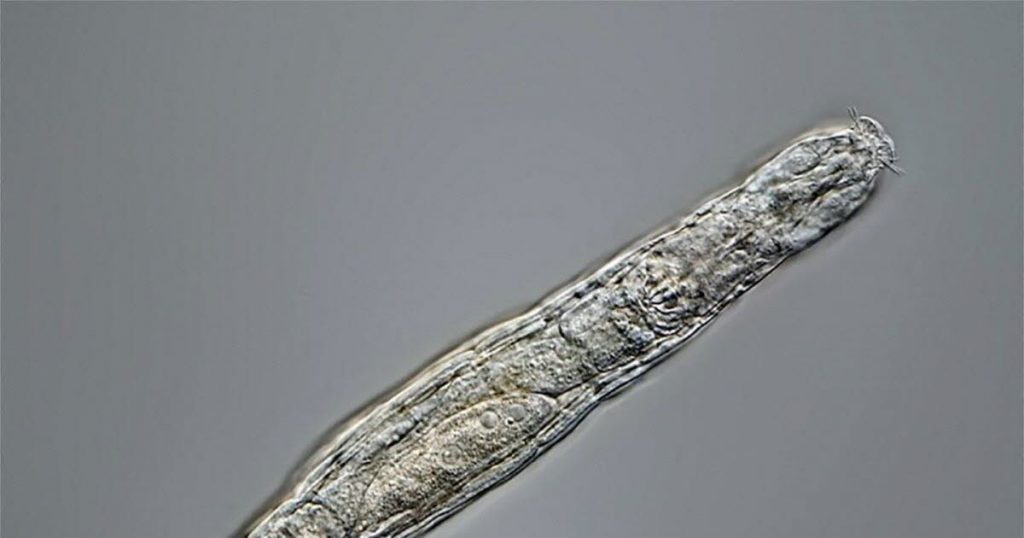
Sciences. Bdelloïde rotifer, the animal that can survive for 24,000 years in the ice
A microscopic animal called the bdelloid rotifer came back to life after being frozen for 24,000 years in Siberia, then managed to clone itself.
Stas Malavin, co-author of an article on the topic in Current Biology, said this finding raises questions about the mechanisms by which the multicellular animal uses to withstand such a long period of rest.
cryptobiose
“Our report is the strongest evidence to date that multicellular animals can endure tens of thousands of years in cryptobiosis, a state in which metabolism is almost completely halted,” said Stas Malavin, of the Institute of Soil Chemical and Biological Physics. Problems in Pushino, Russia.
The research team used a drilling rig to take core samples from the Alazeia River in the Russian Arctic, then used radiocarbon dating to determine the age of the sample between 23,960 and 24,485 years.
They have already identified single-celled microbes capable of such heroic feats.
Other reported cases
In multicellular organisms, a 30,000-year-old nematode worm was reported to have returned to life. Algae and some plants also regenerated after several thousand years in the ice.
Rotifers can now be added to the list of organisms that appear to be able to survive indefinitely, according to Stas Malavin.
Once the ice thawed, the animal was able to reproduce on its own using a process called parthenogenesis.
They are about half a millimeter long, and rotifers usually live in a freshwater environment.
“We can use this organism as a model to study freeze and drought survival in this group, and compare it with other resistant animals such as tardigrades, nematodes, etc.”, added Stas Malavin.

“Organizer. Social media geek. General communicator. Bacon scholar. Proud pop culture trailblazer.”
